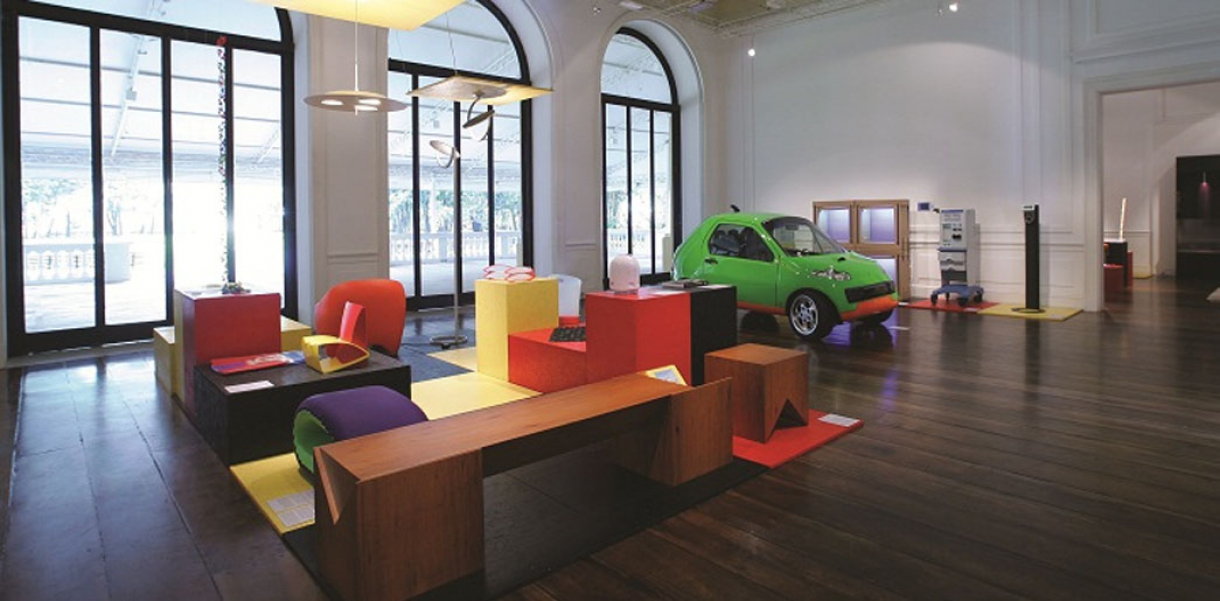The bowl is fixed with a ring made from a lid, rope or tape (construction versions). A lever made from a piece of wire is used to fold the end of the funnel into the water trap, which can be of different depths. The water trap of the toilet or pissoir contains only a few spoons of water while the water trap of the washbasin, bidet or sink contains about 1/5 liter of water. Assembly lasts about 5 to 15 minutes. Locally available materials can be used: a clay jar instead of a plastic bucket, waxed cloth instead of a plastic bag.
Functionality and use of design
Different household devices can be built based on the same construction.
The toilet is odour-free and produces only a low volume of waste water, so one person can use the toilet inside the home for several days. Moreover, several versions of toilet construction can be made: low water toilet, dry toilet, latrine toilet seat, “sphincter” latrine toilet seat. The bowl is tightly squeezed by a ring, and the sink-hole of the bowl is sealed by a water trap. The lever is used to open or close the sink-hole. When the sink-hole is closed odour cannot leak, while the flexible bowl is adapting to gradually increasing pressure of gas. Flushing is accelerated by shaking and wiping with the lever.
In the low water version, where the bowl is fixed with a tight lid ring, emptying can be done by reversing the funnel from a concave to a convex shape and pouring the liquid waste into the pit. In the dry version, faeces and urine are separated: urine from voluntary urination is collected in the pissoir. Consequently, toilet waste is not liquid so that emptying is done by removing the bowl and replacing full reservoir with one of the auxiliary empty reservoirs. Waste is then rejected in a pit or reservoir is complemented with soil, covered with a plastic bag and exposed to the sun (greenhouse effect) for partial drying or complete composting. Cyclic replacement of several reservoirs/cartridges in a row can be set up: fresh in, dry out.
The washbasin, bidet or sink operates with a cup of water. The flexibility of the bowl allows an object to be dipped in shallow water. The water can be reused in sequence: from the reservoir of a washbasin to a bidet and then to a toilet – also from a sink to a toilet.
How did this design improve life?
The Simple Toilet, pissoir, bidet, washbasin, sink and bin are household sanitation devices for poor conditions where no water is available. They can be hand-made in minutes from common or waste materials and need only a cup of water for operation. They are also odour-free, portable and can re-use water and waste. Their construction involves survival skills that enable people in need to immediately improve their living conditions without depending on any external aid. People can learn them in hours and even develop their own technique for assembly and use. It is a short-term solution for emergency situations and a long-term solution for the poorest worldwide.
Drawbacks of life improvement
Handling toilet waste is not acceptable in certain cultural environments, e.g. India.
Research and need
An effort was made for the preliminary design concept not to depend on any technology. Therefore many better solutions that would need to be manufactured were rejected. The main goal was a construction that could be produced “here and now with anything or by anyone”. Interior testing lasting several months was carried out.
Designed by
Andrej Pretnar - Slovenia




